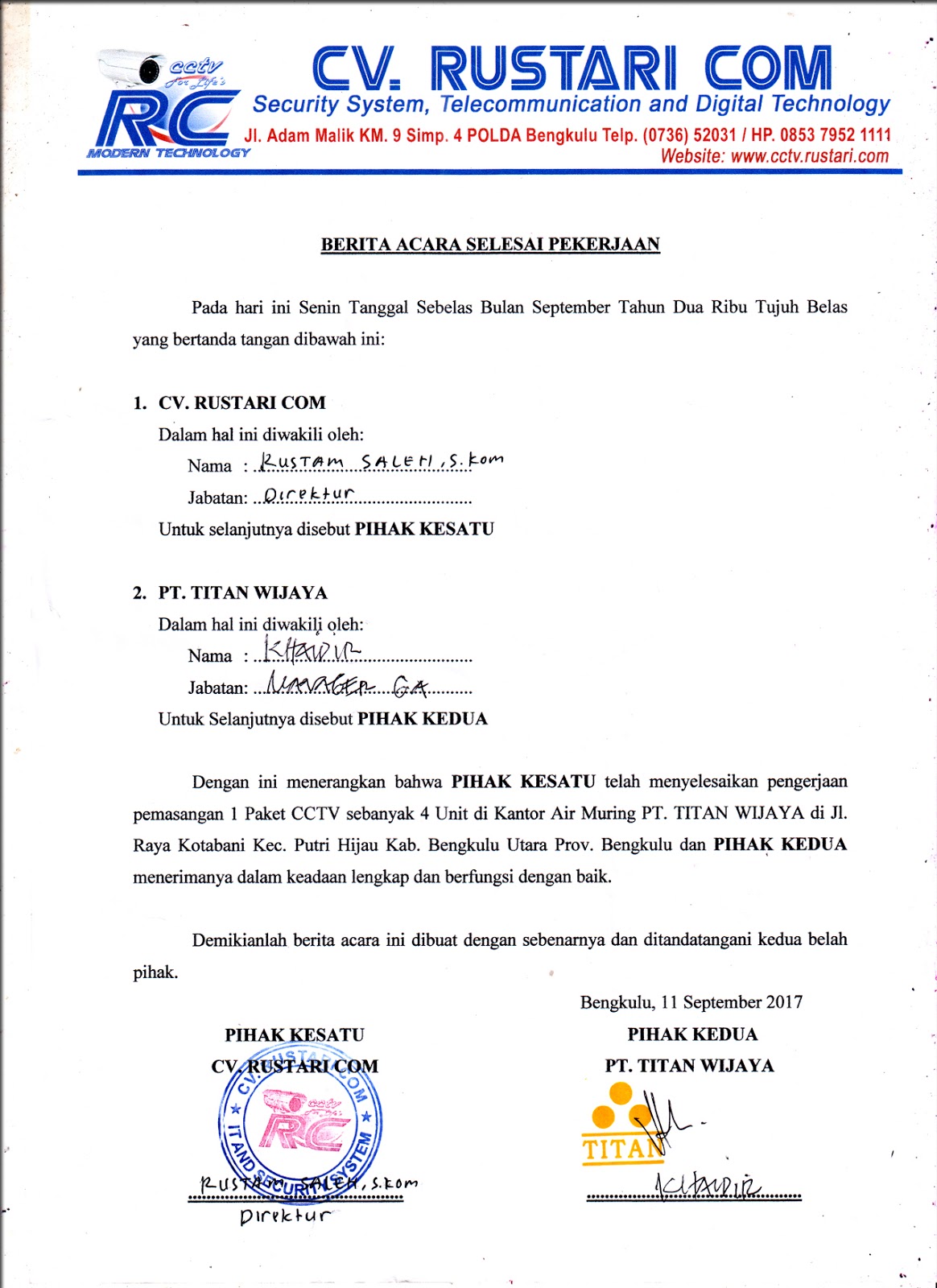Seamless Transitions: Mastering the Art of Work Handovers
In the fast-paced world of business, projects and responsibilities constantly shift. Whether it's due to employee turnover, internal restructuring, or the natural progression of a project's lifecycle, smooth transitions are essential for maintaining productivity and achieving success. A well-executed handover ensures that critical knowledge, ongoing tasks, and project ownership are seamlessly transferred from one individual or team to another.
Imagine a relay race. As the baton changes hands, a slight fumble or miscommunication can mean the difference between winning and losing. Similarly, in the workplace, a poorly managed handover can lead to delays, misunderstandings, and even costly mistakes. Conversely, a well-structured and thorough handover process fosters continuity, minimizes disruption, and sets the stage for the next phase of a project to flourish.
But what exactly constitutes a successful handover? It's more than just a quick chat before someone walks out the door. It's a structured process that involves clear communication, meticulous documentation, and a shared understanding of responsibilities between the outgoing and incoming parties. This process ensures that all stakeholders are on the same page, minimizing the risk of miscommunication and ensuring a smooth transition.
While the specifics of a handover process may vary depending on the industry, company size, and nature of the work being transferred, there are some fundamental principles that hold true across the board. These principles revolve around clear communication, comprehensive documentation, and a collaborative approach between all parties involved. By adhering to these principles, businesses can ensure that valuable knowledge, experience, and momentum are not lost during transitions.
In the following sections, we'll delve deeper into the importance of structured handovers, exploring the benefits they offer, the challenges they present, and the best practices for ensuring their success. We'll provide actionable tips and examples to help you navigate this crucial aspect of workplace dynamics, whether you're handing off a project, taking on new responsibilities, or simply looking to improve your team's overall efficiency.
Advantages and Disadvantages of a Structured Handover Process
While a structured handover offers numerous advantages, it's crucial to acknowledge potential drawbacks. By understanding both sides, businesses can proactively address challenges and maximize the benefits of a smooth transition.
| Advantages | Disadvantages |
|---|---|
| Reduces risk of errors and delays | Requires time and resources to implement effectively |
| Ensures continuity and minimizes disruption | Can be met with resistance from employees hesitant to share knowledge |
| Facilitates knowledge transfer and skill development | May not completely eliminate all potential issues during the transition |
| Improves communication and collaboration within teams | Requires ongoing review and refinement to adapt to changing needs |
Best Practices for Effective Handovers
To ensure your handover process is as seamless as possible, consider implementing these best practices:
- Plan Ahead: Don't wait until the last minute. Initiate the handover process well in advance to allow ample time for knowledge transfer and documentation.
- Document Everything: Create a comprehensive handover document that outlines project status, key contacts, ongoing tasks, and any relevant passwords or access information.
- Communicate Clearly: Schedule meetings with all stakeholders to discuss the handover process, clarify roles and responsibilities, and address any questions or concerns.
- Provide Training: If applicable, offer hands-on training to the incoming individual or team. This could involve shadowing, joint work sessions, or dedicated training materials.
- Follow Up: Once the handover is complete, schedule follow-up meetings to ensure a smooth transition and address any outstanding issues.
Common Challenges and Solutions
Despite your best efforts, challenges may arise during the handover process. Here are some common obstacles and potential solutions:
- Challenge: Resistance to sharing knowledge. Solution: Foster a culture of knowledge sharing and collaboration. Emphasize the importance of teamwork and recognize individuals who readily share their expertise.
- Challenge: Lack of time for proper handover. Solution: Prioritize handover activities and allocate sufficient time in project timelines for this critical phase.
- Challenge: Unclear communication channels. Solution: Establish clear lines of communication and designate points of contact for both the outgoing and incoming parties.
- Challenge: Inadequate documentation. Solution: Develop standardized templates and checklists to ensure consistency and completeness in handover documentation.
- Challenge: Lack of follow-up and support. Solution: Schedule regular check-in meetings and provide ongoing support to the incoming individual or team as they assume their new responsibilities.
Conclusion: Mastering the Art of Transitions
In the dynamic landscape of the modern workplace, effective handovers are not merely a logistical necessity but a strategic imperative. By embracing structured handover processes, businesses can minimize disruption, safeguard valuable knowledge, and ensure a seamless flow of operations. While challenges may arise, a proactive approach, clear communication, and a commitment to collaboration can transform these transitions into opportunities for growth, knowledge sharing, and sustained success. By mastering the art of the handover, businesses can navigate change with confidence, empowering their teams to thrive in the face of evolving demands and opportunities.
The xander group inc
Unearthing secrets the subterranean mysteries of your garden
Upgrade your kitchen with sherwin williams iron ore cabinets














